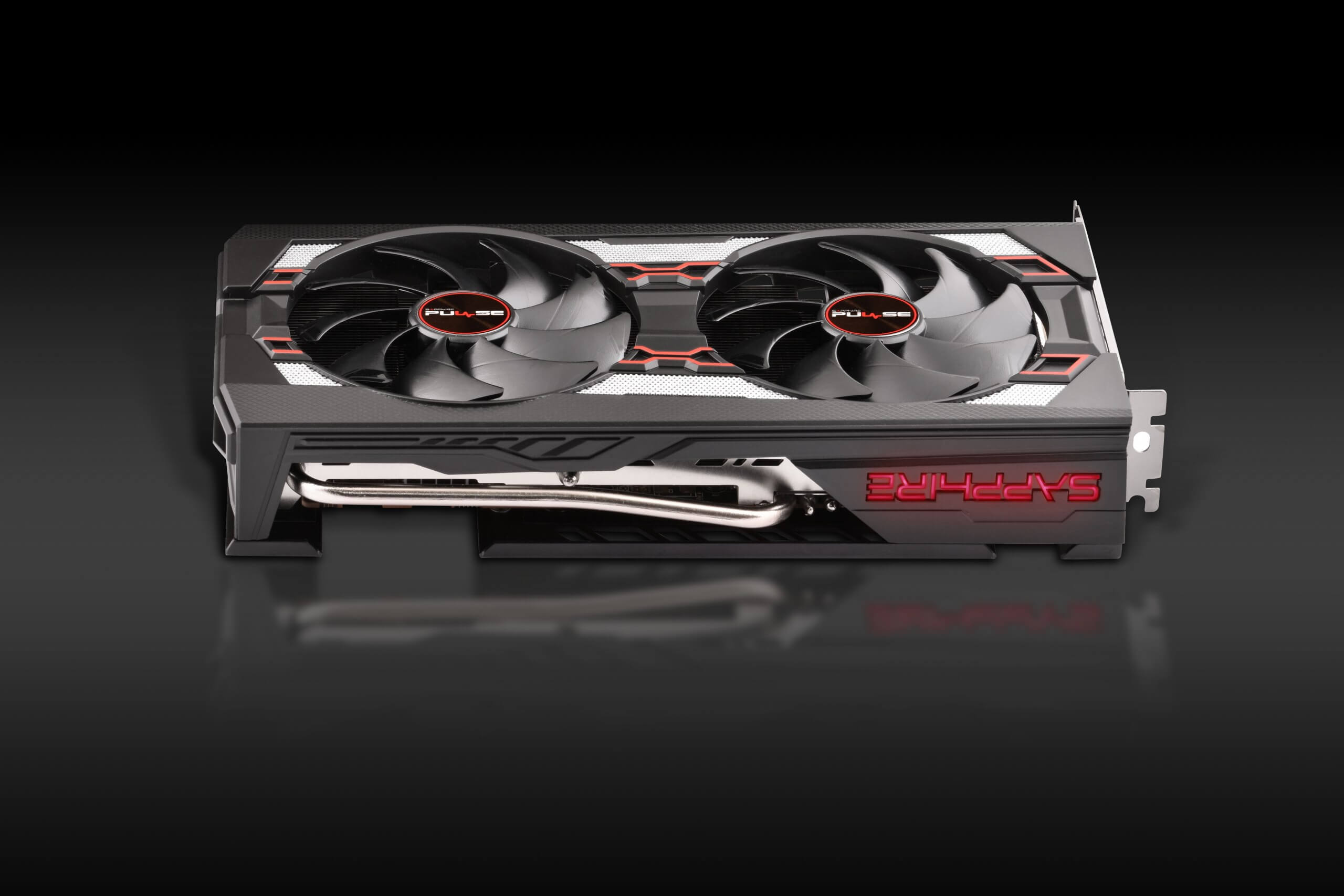Recap: This battle between AMD and Nvidia essentially started at CES 2020, shortly after AMD announced its RX 5600-series. EVGA, presumably with Nvidia's blessing, then unveiled what seemed a preemptive response in the form of RTX 2060 KO graphics cards, starting at the same $279 price as AMD's RX 5600 XT.

Then, we learned that AMD pushed out a new vBIOS to its AIB partners as a response to Nvidia's price cuts on the RTX 2060 in what's been a back and forth volley between the two companies at the $300 price point.
The new vBIOS ratchets up the TBP (Typical Board Power) to 160W, a 10W increase from the original 150W TBP. This in turn affords AMD's board partners a higher margin for core and memory clocks. Which brings us to Sapphire, one of AMD's premiere AIB partners.
As we previously reported, Sapphire's RX 5600 XT Pulse is now boasting increased base and boost clocks of 1,615 MHz and 1,750 MHz, up from the previous 1,560 MHz and 1,620 MHz. The memory clock is now running at 14Gpbs effective, as opposed to 12Gpbs.
Now, Twitter user @TUM_APISAK has sniffed out a leaked benchmark showing what kind of performance uplift the new vBIOS can create.
Sapphire new BIOS update score
— APISAK (@TUM_APISAK) January 18, 2020
TS - 76XX
FS - 219XX
FSE - 108XX
FSU - 55XX https://t.co/FHVcMgRJk3
The benchmarks are, in order: Time Spy, Fire Strike, Fire Strike Extreme, and Fire Strike Ultra. Doing the math between the new and old scores, the new scores net an impressive 10% - 11% uplift in performance, depending on the benchmark.
As with all synthetic benchmarks, these don't necessarily indicate what users can expect in the real world. However, it's certainly a nice preview of what we can expect from the RX 5600 XT. AMD and Nvidia will likely continue to insist that this was the plan all along, rather than either company admit to being one-upped by the other. However, the more pertinent question is: are there any more cards left to play, or have AMD and Nvidia showed their full hand?
https://www.techspot.com/news/83616-radeon-rx-5600-xt-new-vbios-boost-shows.html